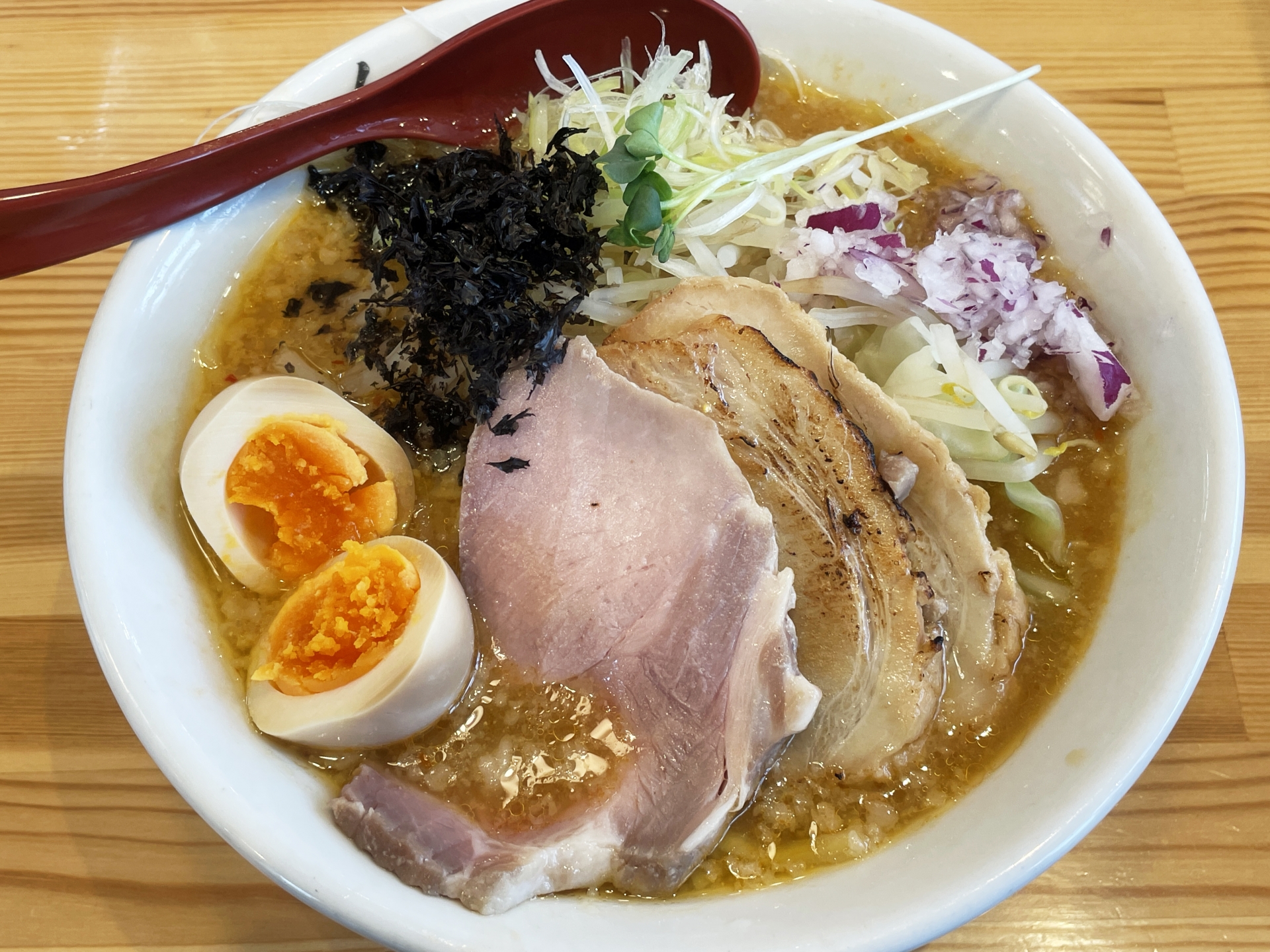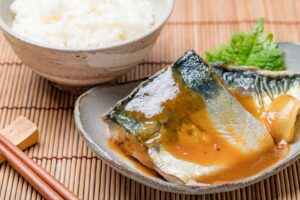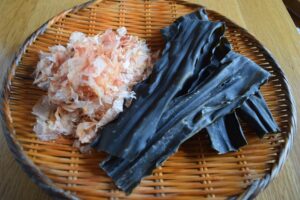Ramen, the iconic Japanese noodle soup, is beloved worldwide for its rich broth, chewy noodles, and a variety of flavorful toppings. This guide will explore a range of ramen toppings, from authentic Japanese classics to modern, innovative options. Whether you’re a home cook looking to spice up your ramen game, a chef seeking inspiration, or simply a ramen enthusiast, this article provides all the information you need to create a delicious and satisfying bowl of ramen.
Traditional Ramen Toppings
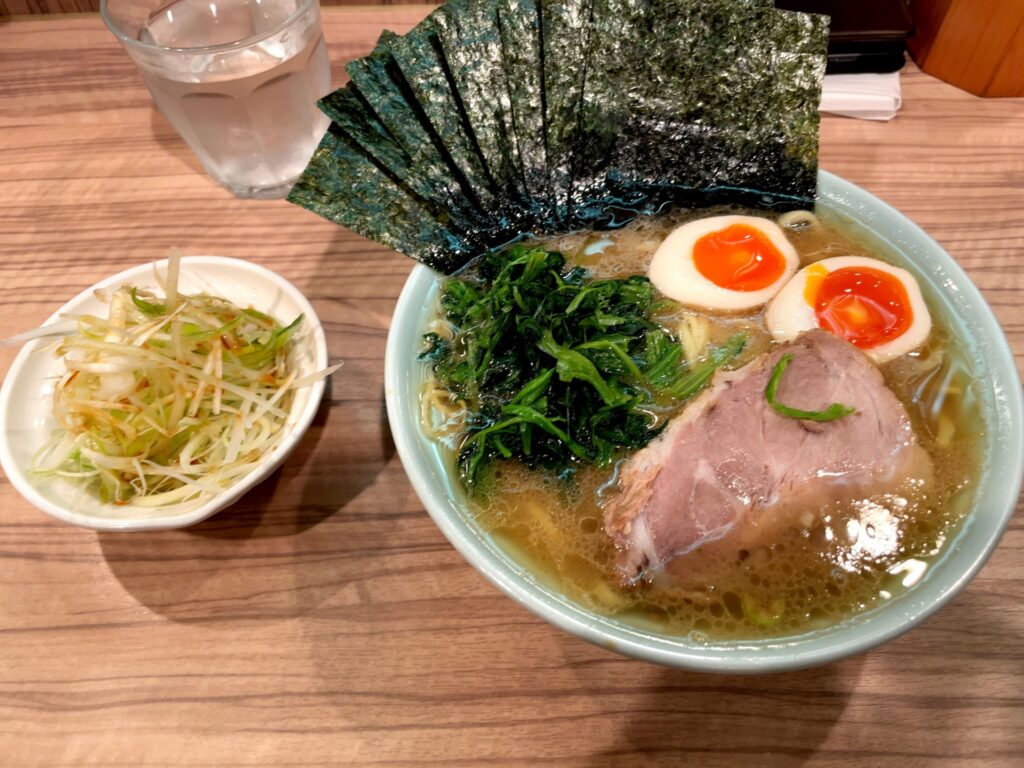
Traditional ramen toppings are key to creating authentic and flavorful ramen bowls. These toppings not only add taste but also enhance the overall texture and visual appeal of the dish. Chashu (braised pork belly) is a staple, known for its tender texture and rich flavor. It’s marinated in soy sauce, sugar, and sake, then slow-cooked until it becomes melt-in-your-mouth soft. Ajitsuke tamago (marinated soft-boiled egg) is another essential, featuring a creamy yolk that adds richness to the broth. Nori (seaweed) sheets are often used for their subtle umami flavor and crisp texture, which contrasts beautifully with the soft noodles and broth. These toppings, along with menma (bamboo shoots) and negi (green onions), play a vital role in creating the authentic taste profile that ramen lovers crave.
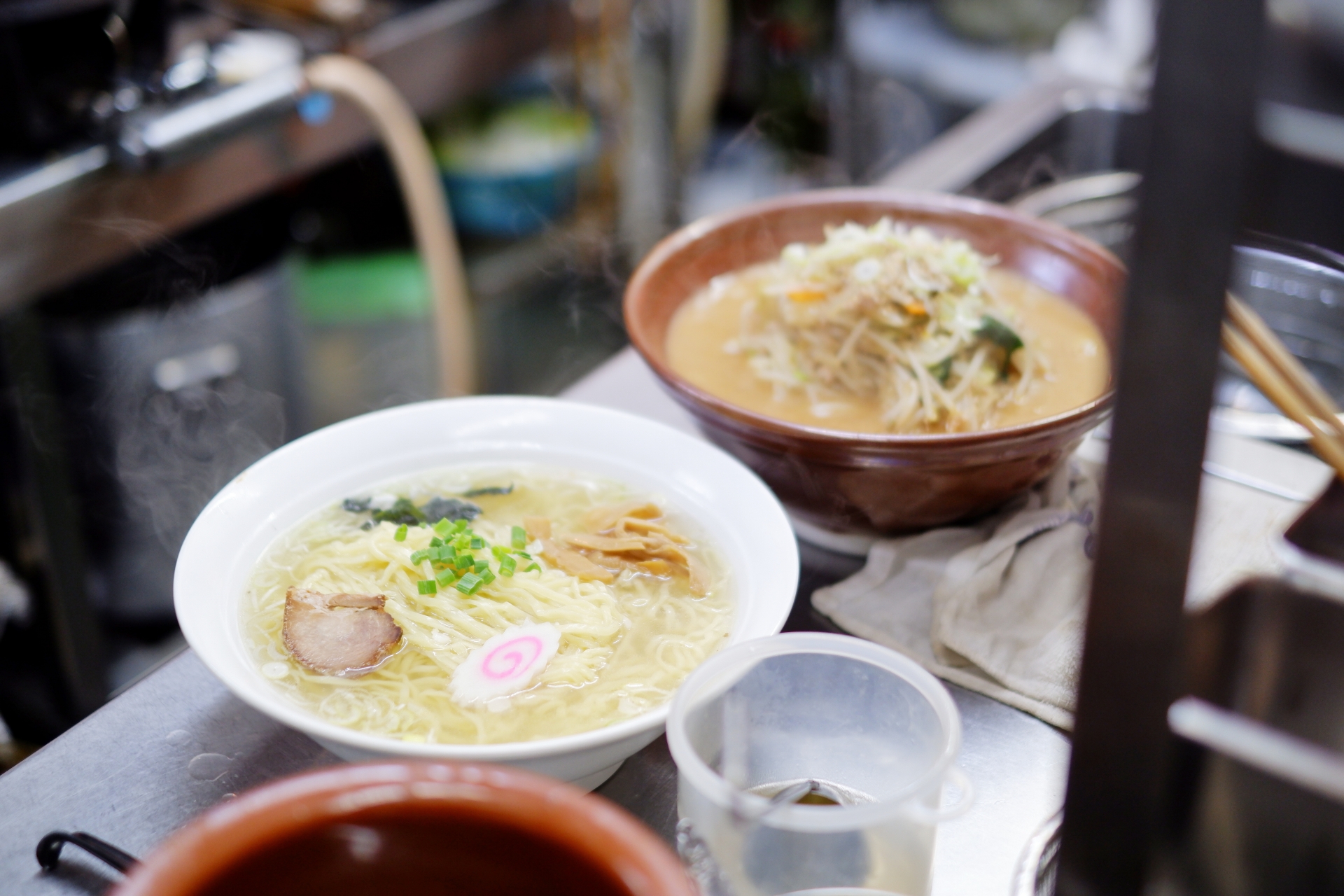
Creative and Modern Ramen Toppings
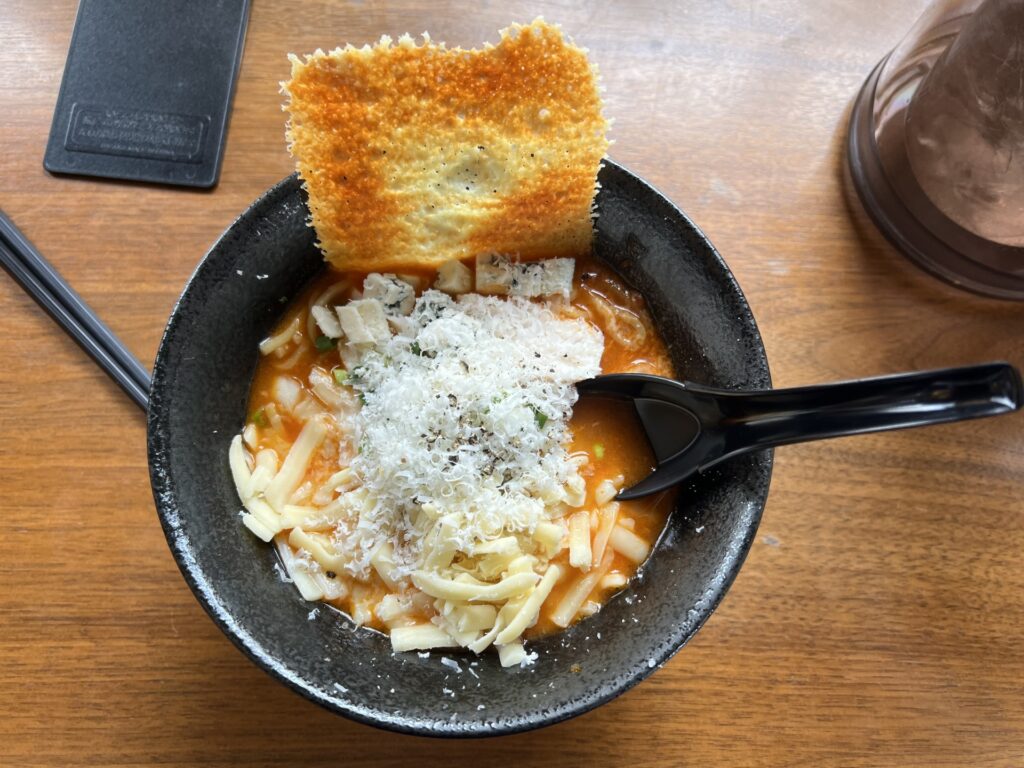
For those looking to experiment beyond the traditional, modern ramen toppings offer a range of innovative options. Crispy fried onions add a satisfying crunch and a hint of sweetness, while corn can provide a pop of color and natural sweetness that complements richer broths like miso. Cheese, particularly a melting variety like mozzarella, can create a creamy texture and deepen the umami flavor, making the dish more comforting. Avocado slices introduce a creamy, buttery texture, which pairs well with spicy broths. These modern additions cater to fusion cuisine enthusiasts, adding new flavors and textures that appeal to contemporary palates.
Health-Conscious Ramen Toppings
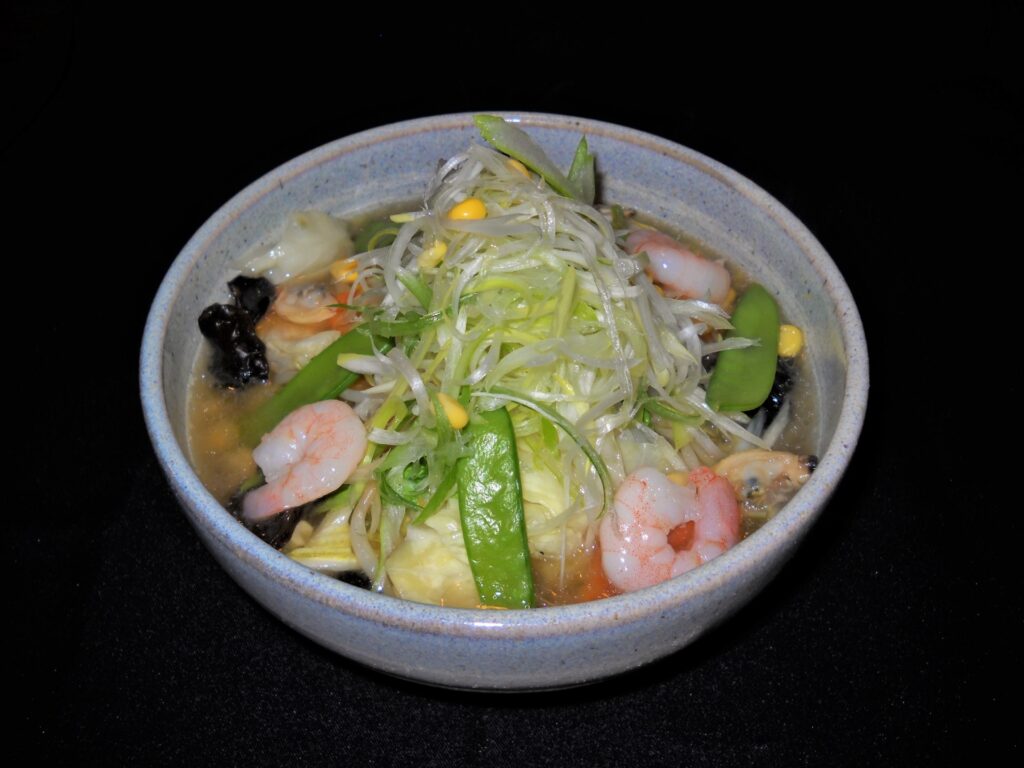
Health-conscious eaters can enjoy ramen by selecting toppings that are both nutritious and delicious. Fresh vegetables such as spinach, bok choy, and carrots provide essential vitamins and add a refreshing crunch. Tofu is an excellent source of plant-based protein, offering a light, satisfying alternative to meat. Lean proteins like grilled chicken breast or shrimp can also be used to keep the dish balanced and healthy. These choices not only boost the nutritional value of the ramen but also allow diners to enjoy a hearty meal without compromising on health.
Vegan and Vegetarian Ramen Toppings

Creating a delicious vegan or vegetarian ramen is entirely possible with the right toppings. Mushrooms like shiitake or enoki add depth and umami, often mimicking the meaty flavors found in traditional ramen. Menma (bamboo shoots), with their crunchy texture, complement the soft noodles perfectly. Plant-based proteins such as tofu, tempeh, or even seitan provide the protein component without using animal products. By incorporating a variety of vegetables and plant-based ingredients, vegan and vegetarian ramen bowls can be just as satisfying as their meat-based counterparts.
Regional Variations of Ramen Toppings in Japan
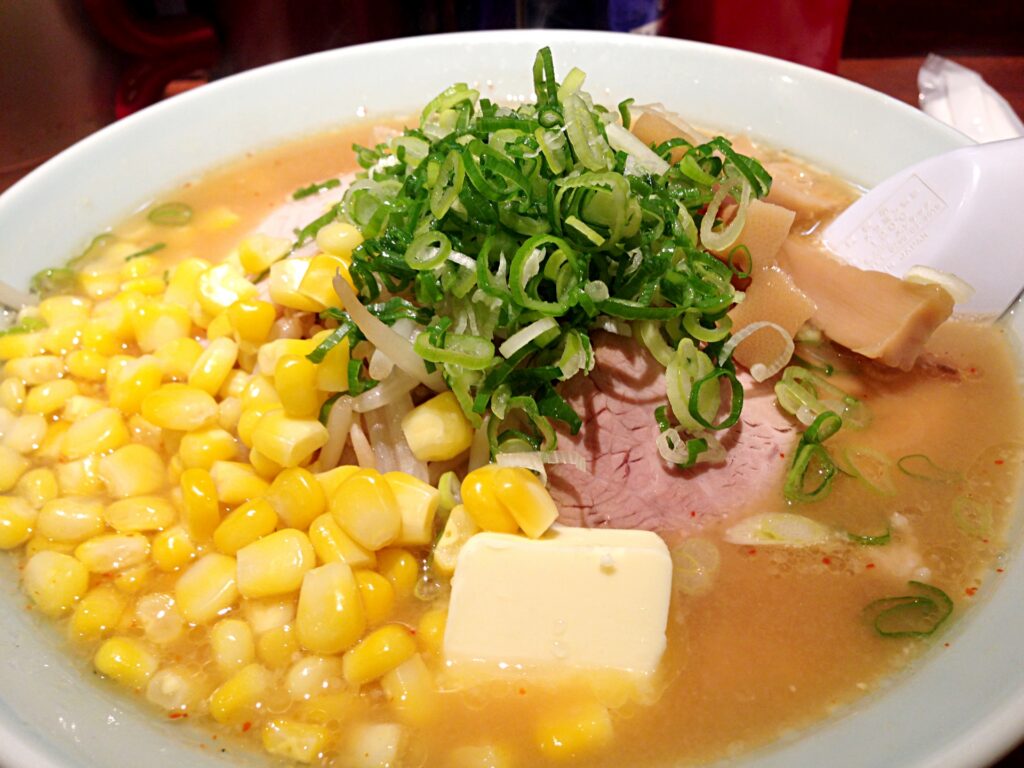
Ramen toppings can vary significantly across different regions of Japan, each bringing unique local flavors to the dish. In Hokkaido, a northern region known for its dairy production, butter and corn are popular toppings, adding a creamy richness to the miso-based broth. In Kyushu, the use of black garlic oil (mayu) is common, adding a deep, smoky flavor that complements the region’s famous tonkotsu (pork bone) broth. These regional variations showcase the versatility of ramen and the diverse culinary traditions found across Japan.
Ramen Toppings for Special Diets
For those with specific dietary needs, there are plenty of ramen topping options to suit various preferences. Gluten-free noodles paired with gluten-free soy sauce create a base for those with gluten sensitivities. For low-carb or keto diets, zucchini noodles or shirataki noodles can be used instead of traditional wheat noodles. Toppings such as boiled eggs, grilled chicken, and leafy greens can make the meal compliant with low-carb guidelines while still offering rich flavors and satisfying textures.
How to Build the Perfect Ramen Toppings Kit at Home
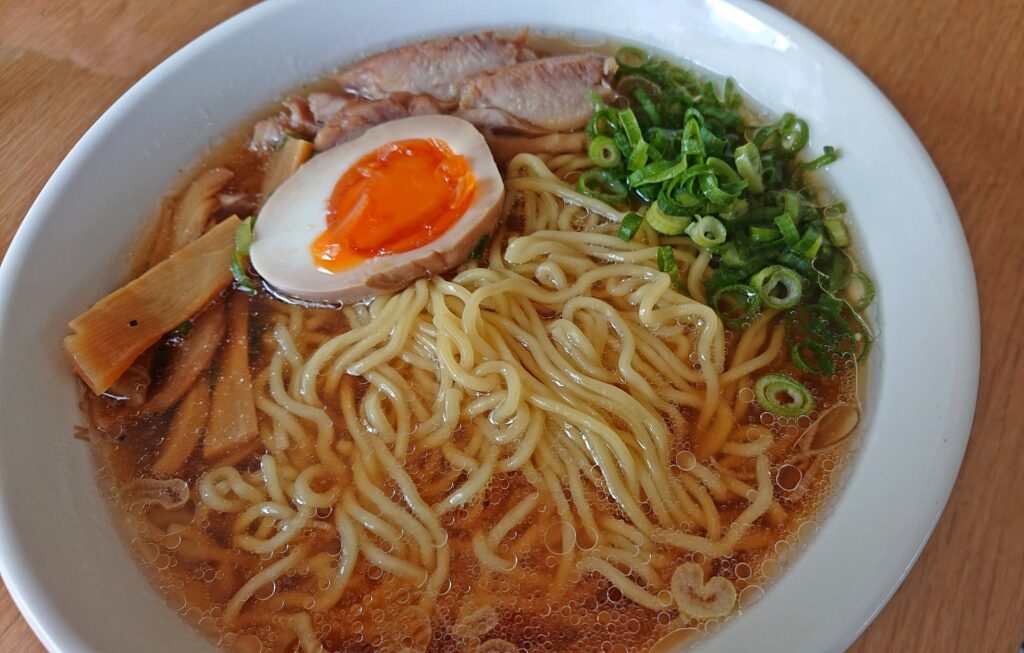
Creating a DIY ramen toppings kit at home is a great way to prepare for quick and delicious meals. Start with essentials like pre-marinated chashu pork, soft-boiled eggs, and a variety of fresh vegetables such as negi (green onions), spinach, and carrots. Add components that provide different textures, like nori, sesame seeds, and pickled ginger. Store these items in individual containers, so they’re ready to use whenever you crave a bowl of ramen. Having a toppings kit on hand allows you to enjoy a restaurant-quality ramen experience from the comfort of your home.

